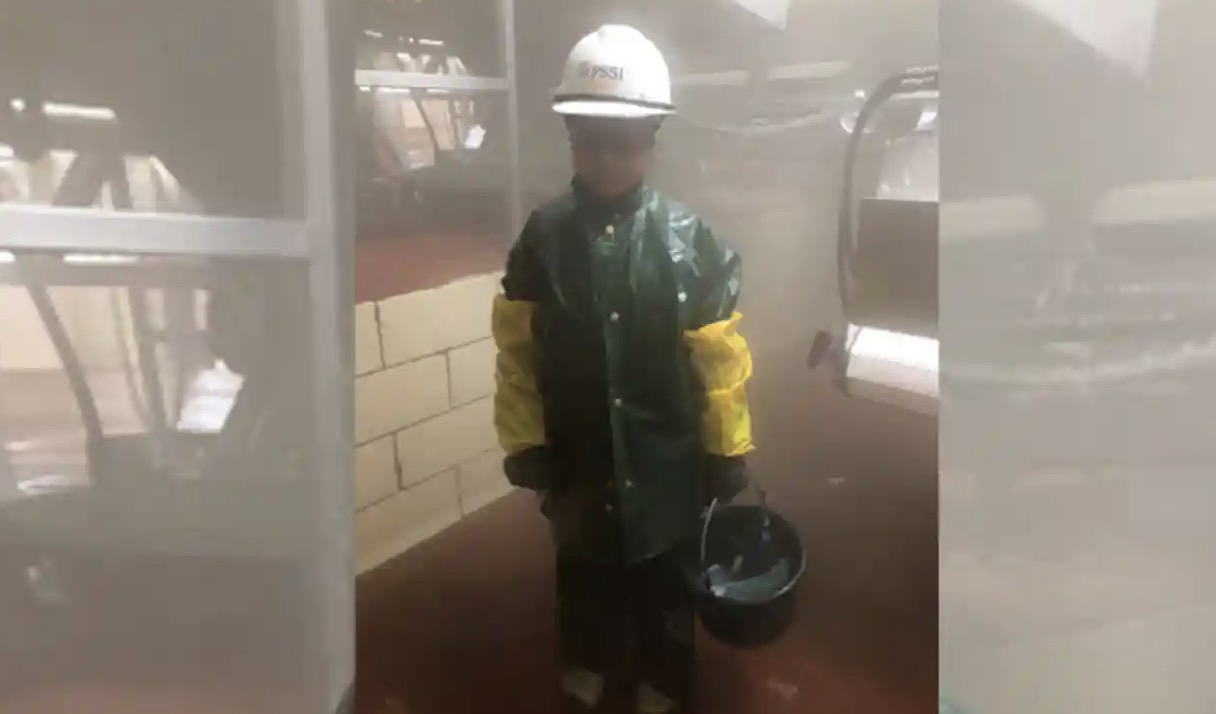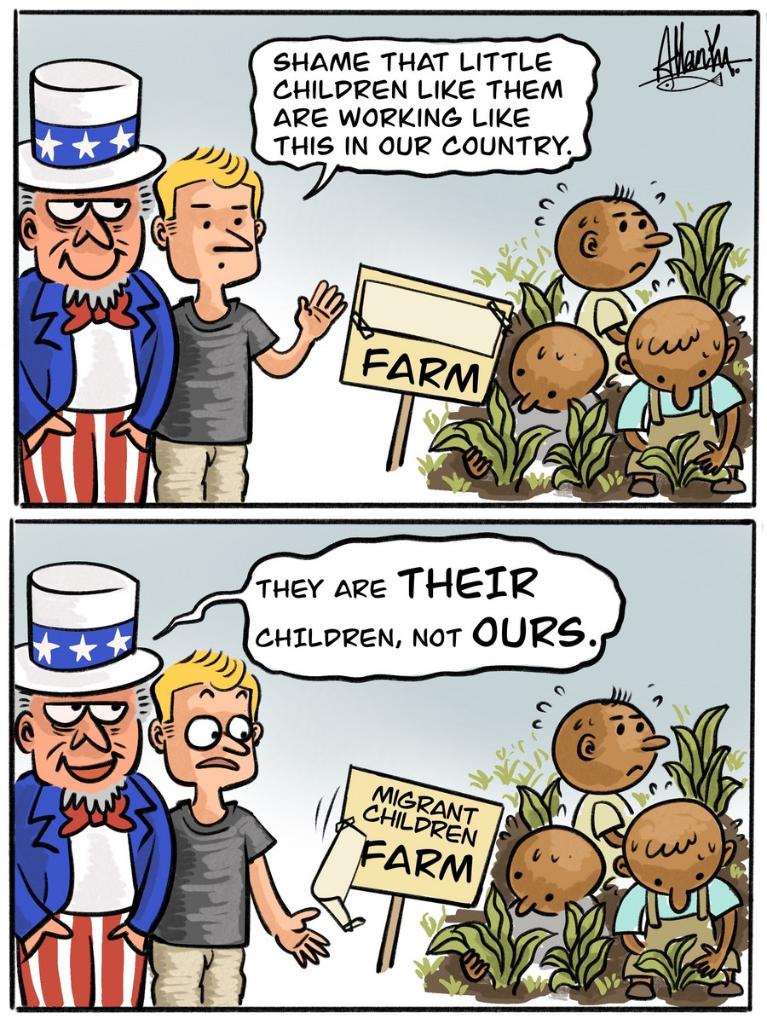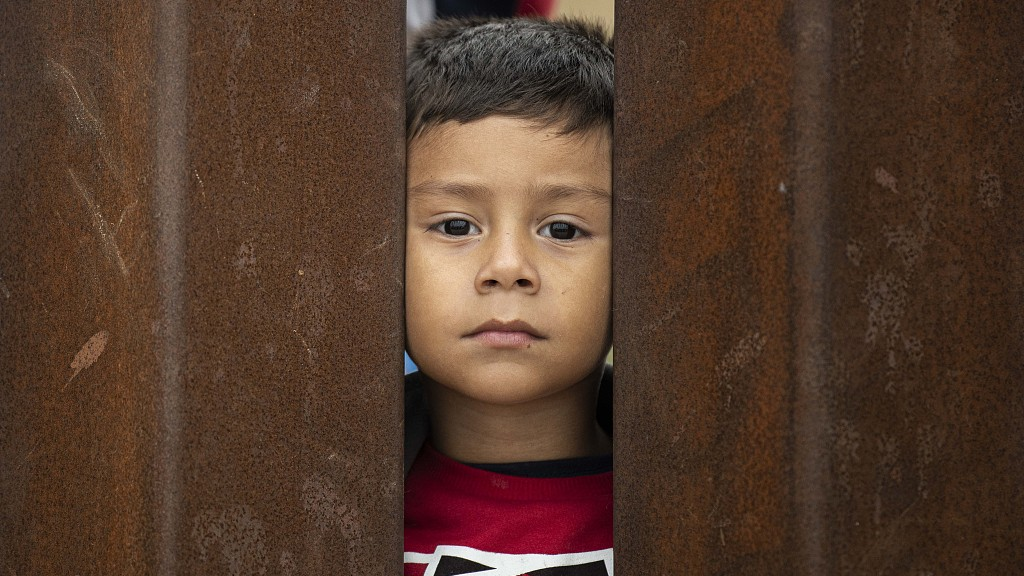The World Day Against Child Labor is observed on June 12. Emphasizing the link between social justice and child labor, the slogan for the Day in 2023 is 'Social Justice for All. End Child Labour!'.
In 1989, world leaders made a historic commitment to the world's children by adopting the United Nations Convention on the Rights of the Child – an international treaty which sets out the civil, political, economic and other rights of children.
Today, the United States is still the only country among the 193 member states of the United Nations that has not signed the Convention on the Rights of the Child.
Reports of illegal use of child labor in the U.S. are skyrocketing. Child labor violations have increased by 69 percent since 2018, according to the U.S. Department of Labor (DOL). From 2018 to 2022, more than 15,000 children were found to be employed illegally, data from the department shows.
Last year, DOL found that 688 minors were employed illegally in hazardous positions, the highest annual count since fiscal year 2011.
Child Laborers in Peril: Continuous Tragedies
About 452 children died due to workplace injuries between 2003 and 2016, according to the U.S. Government Accountability Office, with 75 aged 12 or younger.

An image released by the U.S. labor department shows a child working illegally for PSSI. /CFP
An image released by the U.S. labor department shows a child working illegally for PSSI. /CFP
In February, DOL found that Packers Sanitation Services Inc. (PSSI), which supplies cleaning workers to meatpacking facilities had employed children. A sweeping investigation of PSSI found 102 teens, ages 13 to 17, scouring slaughterhouses in eight states, part of a growing wave of child workers illegally hired to fill jobs in some of the nation's most dangerous industries across eight different states.
Children as young as 13 worked inside the plants in roles that sometimes involved high-powered hoses, scalding water, and industrial chemicals to clean killing floors slick with blood and filled with razor-sharp meat saws. At least three of the minors in the investigation, DOL found, had burns on their hands from cleaning chemicals.
Under the U.S. Fair Labor Standards Act, the maximum fine for a child labor violation is $15,138 per child in the U.S. If a child worker is seriously injured or killed on the job, the maximum fine is less than $69,000 - a drop in the bucket in terms of the profit made by the meatpacking industry.
PSSI paid a $1.5 million fine for the violations, and no employee was held criminally liable.
Exploited children are viewed as 'they' rather than 'us.'
The surge in illegal child labor is also the result of the U.S. immigration policy. The U.S. has seen an influx of migrant children from asylum seekers, including a large portion from Latin America fleeing violence and poverty, a majority of whom do not have a parent in the U.S. Since 2021, the Biden administration has detained tens of thousands of asylum-seeking children, yet then they were placed with sponsors and had to accept forced work to survive.

Cartoon: "Their children, not ours." /Xinhua
Cartoon: "Their children, not ours." /Xinhua
A March 2023 report by the Economic Policy Institute identified that both violations of child labor laws and proposals to roll back child labor protections are on the rise across the country. The number of minors employed in violation of child labor laws increased by 37 percent in the last year, and at least ten states introduced or passed laws rolling back child labor protections in the past two years. "Children of families in poverty, and especially Black, brown, and immigrant youth, stand to suffer the most harm from such changes," the report added.
As of 2023, a total of eight bills aiming to weaken child labor protections have been introduced in six Midwestern states (Iowa, Minnesota, Missouri, Nebraska, Ohio, and South Dakota), along with Arkansas, where a bill that abolishes work restrictions for 14 and 15-year-olds has now been signed into law.
Iowa signed a bill in May that loosens child labor laws by extending teens' work hours and the establishments where they can be employed. The law also allows teens as young as 16 to serve alcohol in restaurants during the hour food is being served if their employer has written permission from their parent or guardian. Among the expanded employment opportunities outlined under the new law, 14- and 15-year-olds would be able to do certain types of work in industrial laundry services and in freezers and meat coolers – areas that were previously prohibited.

A young Asylum seeker peers through the border wall between the San Diego, California border and Mexico border, U.S., May 12, 2023. /CFP
A young Asylum seeker peers through the border wall between the San Diego, California border and Mexico border, U.S., May 12, 2023. /CFP
Agriculture's Distressing position in the child labor problems
According to the Fair Labor Standards Act, children aged 12 and above are permitted to work unlimited hours outside school hours in agriculture, and the rules are even more lenient for kids who work on their family-owned farms.
Child labor laws are more lenient in agriculture than in other industries. Difficult, low-paying, and dangerous work in tobacco fields for unlimited hours is legal, and efforts to change that have repeatedly failed.
Children working in agriculture are killed at a far higher rate than their peers in other industries. Farmworkers make up less than a fifth of America's child workforce — perhaps much less — yet they suffered more deaths between 2003 and 2016 than all other child workers combined, according to the Government Accountability Office.
The U.S. has increased the minimum age for purchasing cigarettes and other tobacco products from 18 to 21 years old while maintaining the minimum legal age for work on tobacco farms at 12. Prolonged labor on tobacco farms can lead to symptoms of nicotine poisoning, including vomiting, fainting, and headaches.
A report published by Human Rights Watch accused outdated and narrow regulations for hazardous work in agriculture of leaving child farmworkers unprotected. The U.S. Secretary of Labor has the authority to determine which jobs are prohibited for children under 16 in agriculture. The hazardous work list for agriculture has not been updated since 1970.
(With input from agencies)
(Cover: File photo of young unaccompanied migrants, aged 3-9, at the U.S. Customs and Border Protection facility, the main detention center for unaccompanied children in Donna, Texas, June 21, 2021. /CFP)